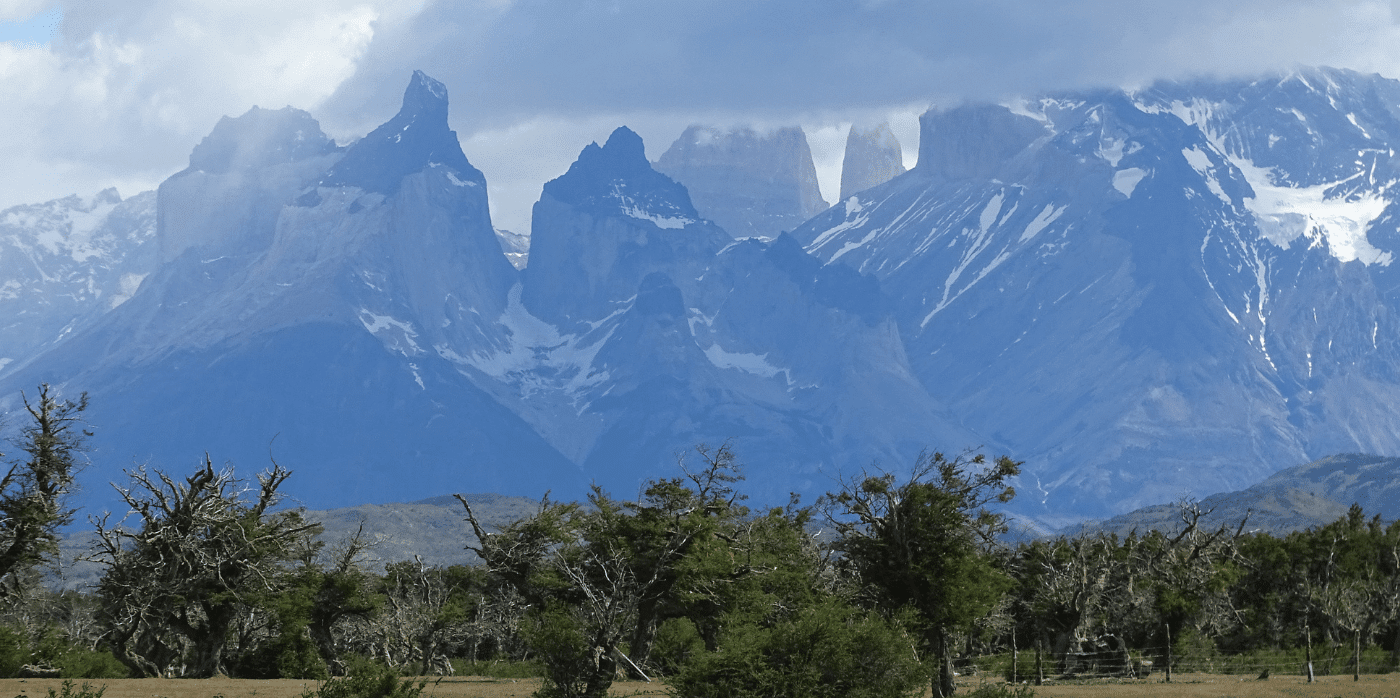Spotted: At the very bottom of Chile, not far from Antarctica, is the wild and rugged region of Magallanes. Known for the constancy and strength of its wind, the area has traditionally supported a variety of farms along with a sizeable tourism industry. But now, Chile’s largest and southernmost region has been chosen as the setting for an innovative, $55 million (€50.6 million) facility that is exploring the commercialisation of synthetic fuel.
The project—called ‘Haru Oni’—is an initiative of startup Highly Innovative Fuels (HIF). The first-of-its-kind facility is designed to convert three ingredients, wind, water, and air, into a green fuel that could play an important role in the energy revolution.
The project combines the products of two separate processes: electrolysis and carbon capture. In the first, an on-site wind turbine produces an electric current that separates hydrogen from water. In the second, carbon dioxide is captured from atmospheric air and industrial sources. The CO2 and hydrogen are then combined to create a fuel that can be used in a range of everyday applications.
The process is billed by the company as ‘carbon neutral’, and two features in particular earn it this label. First, the hydrogen produced at the site is ‘green hydrogen’, as the electricity used to power the process comes from renewable wind energy that does not emit any carbon. Second, because the CO2 used to create the fuel is ‘recycled’ from the atmosphere, when the fuel is ultimately burned the CO2 released is not ‘new’. Instead, burning the fuel merely returns CO2 captured at the start of the process back into the atmosphere. This contrasts with the burning of fossil fuels which releases carbon that had previously been stored in the earth for millions of years.
The facility remains under construction and is due to begin production later in the year. Once up and running, the company says the site is capable of manufacturing 130,000 litres of fuel per year. A Life Cycle Assessment (LCA) will monitor the volumes of carbon captured and produced in order to verify the project’s carbon neutrality.
Synthetic fuels are an important area of innovation, and Springwise has spotted several similar processes, such as an integrated process that turns hydrogen and CO2 into aviation fuel, a Canadian facility that creates fuel from thin air, and an eKerosene plant in Germany that will produce up to eight barrels per day in 2022.
Written By: Keely Khoury
22nd April 2022
Email: contacto@hif.cl
Website: hif.cl/en

